Chickens at different stages of development require different feed formulations. Poultry nutritionists formulate feed to ensure that chickens get all the nutrients they need daily in commercially available feeds. Since bagged feed from established, reputable feed companies are a nutritionally balanced food source, anything that is added to the birds’ diet dilutes the nutrient balance they should be getting daily. Even healthy snacks should only be offered rarely, in moderation so as not to tip the balance too far in any direction.
I strongly caution against dabbling in assembling homemade feed blends. Imprecise calculations and the wrong ingredients can affect growth in young chickens, egg production in layers and result in negative, long-term health consequences. “Mixing rations is the most complex aspect of poultry management and isn’t something you should undertake if you’re just starting out.
Ration formulation requires:
- availability of appropriate feedstuffs
- analysis of feedstuff composition
- knowledge of the nutritional needs of chickens
- ability to mix feed in quantity your flock will use within four weeks.”1 Storey’s Guide to Raising Chickens, Damerow
“The adventure of homemade chicken feed mixing isn’t for the casual flock keeper, though. You need a solid knowledge of poultry nutrition to balance a ration properly and avoid nutritional deficiencies. Feeding unconventional feed ingredients does carry some risk because unexpected problems may happen, such as digestive upset, toxicities, or spoilage.”2 Dr. Julie Gauthier, DVM, MPH, Dipl.ACVPM
The following is intended as a general guideline for feeding commercial feeds to laying hens. The availability of certain feed varies by geographic location, therefore, the manufacturer’s recommendations should always be followed.
STARTER FEED, Day 1 to 18 weeks (Chicks)
Day-old chicks through 18 weeks old require starter feed, aka starter crumbles, containing 20% protein. Starter feed contains the highest percentage of protein a layer will ever consume, which makes sense given their astronomical rate of growth in the first few months of life.
Starter feed can be purchased in both medicated and unmedicated varieties. Medicated feed contains amprolium, which protects chicks from the progression of coccidiosis, a common and deadly intestinal disease that is spread in fecal matter. Chicks that have received the coccidiosis vaccine should not be fed medicated starter, as the amprolium will render the vaccine useless and the chicks vulnerable to the disease. When purchasing ‘vaccinated’ chicks, it’s important to know which vaccines they received.
When conditions become overcrowded, dirty, wet and warm from the heat source, coccidiosis can thrive with deadly consequences. These types of unhealthy conditions are significantly less likely to occur with pet chickens than they are with commercial poultry operations. Chickens build up a natural immunity to the organisms that cause coccidiosis with or without medicated starter. Allowing chicks to build up an immunity in clean, dry conditions will serve them well when they are ready to head out to the big kid coop and medicated feed helps keep parasite populations that cause coccidiosis in check while they build immunity to them.
Most new chicken-keepers wonder at what age a chick can be given treats. Chicks are tiny and treats will replace a percentage of the nutrition in starter ration that their rapidly-growing bodies require. I recommend no treats at all.
GRIT
The term grit describes hard materials such as sand, dirt or small stones that aid in digestion. While starter feed and layer crumbles and pellets needs no help being digested, treats, grains and other fibrous foods may require grit to aid in breaking them down. Since chickens have no teeth, fibrous foods are ground with grit in the gizzard, which is a muscle in the digestive tract. Chickens foraging outside will naturally pick up bits of grit from the ground, those that do not forage outside must have grit supplied to them in a dish apart from their feed.
LAYER FEED, 18 weeks
Chicks should be transitioned to layer feed at 18 weeks. Layer feed should not be fed to chickens younger than 18 weeks unless they have begun egg-laying because it contains calcium that can permanently damage the kidneys, reduce lifetime egg production and shorten a bird’s lifespan.
Layer feed is commonly available in mash, crumbles and pellet forms, all of which describe the size of the feed. Mash is the smallest and pellets, the largest. Layer feed generally contains 16-18% protein and has added calcium, which is necessary for strong bones and creating eggshells.
SUPPLEMENTAL CALCIUM
While layer feeds contain a fast-release source of calcium, a slow-release source of calcium such as crushed oyster shells should be made available to laying hens in a separate dish, apart from the feed, not mixed into the feed by chicken keepers. All laying hens have different calcium requirements and will consume as much oyster shell as they need. Crushed eggshells alone are not an adequate calcium source of supplemental calcium for laying hens.3
Hens deprived of adequate amounts of dietary calcium will utilize the calcium stored within their own bones to produce eggshells, which is unhealthy for them.
LIMIT TREATS
A nutritionally complete layer feed provides all of the nutrients a chicken requires in the correct forms and amounts. Offering snacks, treats, fruits, vegetables, scratch, corn, mealworms, sunflower seeds, or table scraps dilutes the complete nutrition in a balanced feed. Limit snacks and treats, even healthy choices, to no more than 2 tablespoons per bird per day and only rarely. Diluting the nutrition in the hens’ feed can cause many problems, including aggression, obesity, feather picking, egg binding and reduced egg production. Laying hens are better off without any treats/snacks at all.
SCRATCH
Chicken scratch is NOT chicken feed. The contents of scratch vary, but it consists primarily of cracked corn and any number of other grains. It’s a source of energy (think: carbs) but is not a good source of vitamins, minerals or protein. “Scratch should be fed sparingly, if at all.” 2 I do not recommend giving chickens scratch at all.
FEEDING DIFFERENT AGE GROUPS TOGETHER
Given the power and force of chicken math, chickens of mixed age groups often occupy the same living space at any given time, which raises the question of how to feed each properly. This situation isn’t ideal, but it’s not unique either. Feeding an unmedicated starter/grower to a flock of mixed age birds with oyster shell available free-choice (in a separate dish) is the best solution. The additional protein in the starter/grower ration won’t hurt the older birds, but the calcium in layer feed can damage the kidneys of growing birds.
FREE FEEDING vs. RESTRICTED FEEDING
A laying hen’s full-time day job is eating. A free-feed dining option is the best and most common in backyard flocks, one in which chickens eat in small increments at their leisure throughout the day. Chickens have a unique digestive system that can accommodate only a small amount of food at a time in their crops. Alternatively, with a restricted feeding schedule, chickens are fed at specific intervals during the day. Restricted feeding generally requires the use of several feeders even in a small flock and should not be employed without a good reason for doing so and a clear understanding of the purpose of restricted feeding.
Sources and further reading
1 Storey’s Guide to Raising Chickens, Damerow, Gail. Storey Publishing, 1995, pg. 49.
2 The Chicken Encyclopedia, Damerow, Gail. Storey Publishing, 2012. pg. 235
3 *Gail Damerow, Backyard Poultry Magazine Volume 9, Number 3 June/July, 2014
Kathy Shea Mormino
Affectionately known internationally as The Chicken Chick®, Kathy Shea Mormino shares a fun-loving, informative style to raising backyard chickens. …Read on


shop my SPONSORS
Chickens at different stages of development require different feed formulations. Poultry nutritionists formulate feed to ensure that chickens get all the nutrients they need daily in commercially available feeds. Since bagged feed from established, reputable feed companies are a nutritionally balanced food source, anything that is added to the birds’ diet dilutes the nutrient balance they should be getting daily. Even healthy snacks should only be offered rarely, in moderation so as not to tip the balance too far in any direction.
I strongly caution against dabbling in assembling homemade feed blends. Imprecise calculations and the wrong ingredients can affect growth in young chickens, egg production in layers and result in negative, long-term health consequences. “Mixing rations is the most complex aspect of poultry management and isn’t something you should undertake if you’re just starting out.
Ration formulation requires:
- availability of appropriate feedstuffs
- analysis of feedstuff composition
- knowledge of the nutritional needs of chickens
- ability to mix feed in quantity your flock will use within four weeks.”1 Storey’s Guide to Raising Chickens, Damerow
“The adventure of homemade chicken feed mixing isn’t for the casual flock keeper, though. You need a solid knowledge of poultry nutrition to balance a ration properly and avoid nutritional deficiencies. Feeding unconventional feed ingredients does carry some risk because unexpected problems may happen, such as digestive upset, toxicities, or spoilage.”2 Dr. Julie Gauthier, DVM, MPH, Dipl.ACVPM
The following is intended as a general guideline for feeding commercial feeds to laying hens. The availability of certain feed varies by geographic location, therefore, the manufacturer’s recommendations should always be followed.
STARTER FEED, Day 1 to 18 weeks (Chicks)
Day-old chicks through 18 weeks old require starter feed, aka starter crumbles, containing 20% protein. Starter feed contains the highest percentage of protein a layer will ever consume, which makes sense given their astronomical rate of growth in the first few months of life.
Starter feed can be purchased in both medicated and unmedicated varieties. Medicated feed contains amprolium, which protects chicks from the progression of coccidiosis, a common and deadly intestinal disease that is spread in fecal matter. Chicks that have received the coccidiosis vaccine should not be fed medicated starter, as the amprolium will render the vaccine useless and the chicks vulnerable to the disease. When purchasing ‘vaccinated’ chicks, it’s important to know which vaccines they received.
When conditions become overcrowded, dirty, wet and warm from the heat source, coccidiosis can thrive with deadly consequences. These types of unhealthy conditions are significantly less likely to occur with pet chickens than they are with commercial poultry operations. Chickens build up a natural immunity to the organisms that cause coccidiosis with or without medicated starter. Allowing chicks to build up an immunity in clean, dry conditions will serve them well when they are ready to head out to the big kid coop and medicated feed helps keep parasite populations that cause coccidiosis in check while they build immunity to them.
Most new chicken-keepers wonder at what age a chick can be given treats. Chicks are tiny and treats will replace a percentage of the nutrition in starter ration that their rapidly-growing bodies require. I recommend no treats at all.
GRIT
The term grit describes hard materials such as sand, dirt or small stones that aid in digestion. While starter feed and layer crumbles and pellets needs no help being digested, treats, grains and other fibrous foods may require grit to aid in breaking them down. Since chickens have no teeth, fibrous foods are ground with grit in the gizzard, which is a muscle in the digestive tract. Chickens foraging outside will naturally pick up bits of grit from the ground, those that do not forage outside must have grit supplied to them in a dish apart from their feed.
LAYER FEED, 18 weeks
Chicks should be transitioned to layer feed at 18 weeks. Layer feed should not be fed to chickens younger than 18 weeks unless they have begun egg-laying because it contains calcium that can permanently damage the kidneys, reduce lifetime egg production and shorten a bird’s lifespan.
Layer feed is commonly available in mash, crumbles and pellet forms, all of which describe the size of the feed. Mash is the smallest and pellets, the largest. Layer feed generally contains 16-18% protein and has added calcium, which is necessary for strong bones and creating eggshells.
SUPPLEMENTAL CALCIUM
While layer feeds contain a fast-release source of calcium, a slow-release source of calcium such as crushed oyster shells should be made available to laying hens in a separate dish, apart from the feed, not mixed into the feed by chicken keepers. All laying hens have different calcium requirements and will consume as much oyster shell as they need. Crushed eggshells alone are not an adequate calcium source of supplemental calcium for laying hens.3
Hens deprived of adequate amounts of dietary calcium will utilize the calcium stored within their own bones to produce eggshells, which is unhealthy for them.
LIMIT TREATS
A nutritionally complete layer feed provides all of the nutrients a chicken requires in the correct forms and amounts. Offering snacks, treats, fruits, vegetables, scratch, corn, mealworms, sunflower seeds, or table scraps dilutes the complete nutrition in a balanced feed. Limit snacks and treats, even healthy choices, to no more than 2 tablespoons per bird per day and only rarely. Diluting the nutrition in the hens’ feed can cause many problems, including aggression, obesity, feather picking, egg binding and reduced egg production. Laying hens are better off without any treats/snacks at all.
SCRATCH
Chicken scratch is NOT chicken feed. The contents of scratch vary, but it consists primarily of cracked corn and any number of other grains. It’s a source of energy (think: carbs) but is not a good source of vitamins, minerals or protein. “Scratch should be fed sparingly, if at all.” 2 I do not recommend giving chickens scratch at all.
FEEDING DIFFERENT AGE GROUPS TOGETHER
Given the power and force of chicken math, chickens of mixed age groups often occupy the same living space at any given time, which raises the question of how to feed each properly. This situation isn’t ideal, but it’s not unique either. Feeding an unmedicated starter/grower to a flock of mixed age birds with oyster shell available free-choice (in a separate dish) is the best solution. The additional protein in the starter/grower ration won’t hurt the older birds, but the calcium in layer feed can damage the kidneys of growing birds.
FREE FEEDING vs. RESTRICTED FEEDING
A laying hen’s full-time day job is eating. A free-feed dining option is the best and most common in backyard flocks, one in which chickens eat in small increments at their leisure throughout the day. Chickens have a unique digestive system that can accommodate only a small amount of food at a time in their crops. Alternatively, with a restricted feeding schedule, chickens are fed at specific intervals during the day. Restricted feeding generally requires the use of several feeders even in a small flock and should not be employed without a good reason for doing so and a clear understanding of the purpose of restricted feeding.
Sources and further reading
1 Storey’s Guide to Raising Chickens, Damerow, Gail. Storey Publishing, 1995, pg. 49.
2 The Chicken Encyclopedia, Damerow, Gail. Storey Publishing, 2012. pg. 235
3 *Gail Damerow, Backyard Poultry Magazine Volume 9, Number 3 June/July, 2014




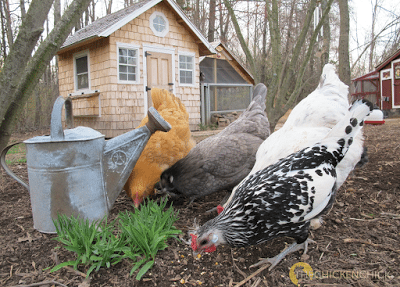
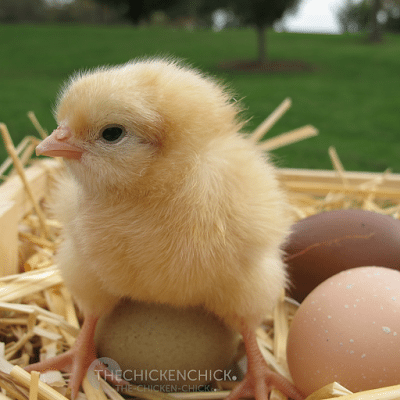
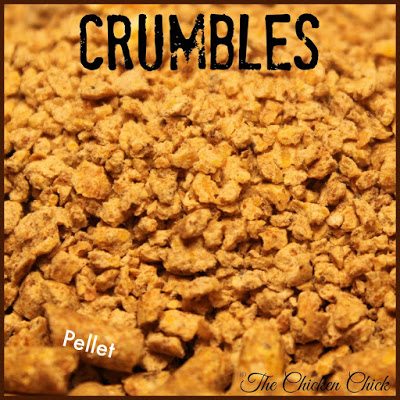
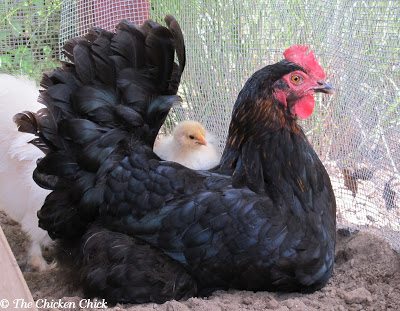
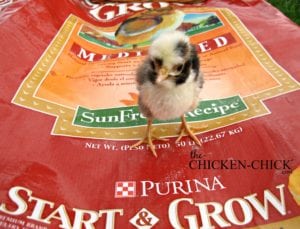
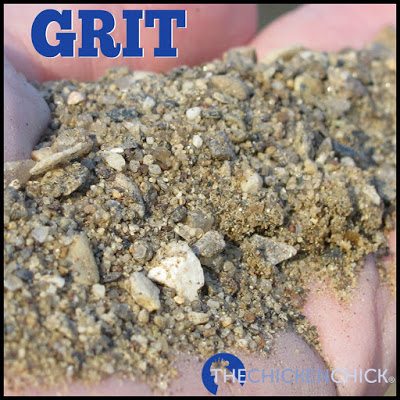
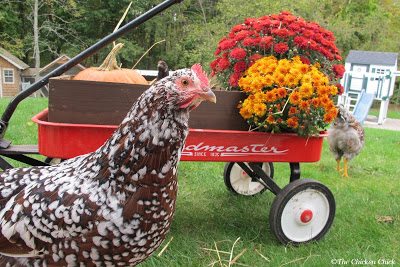
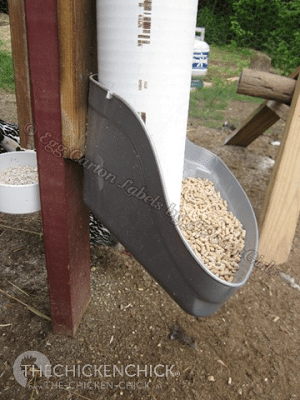
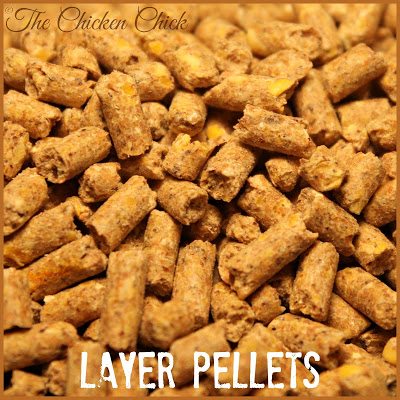
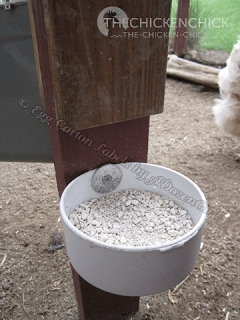
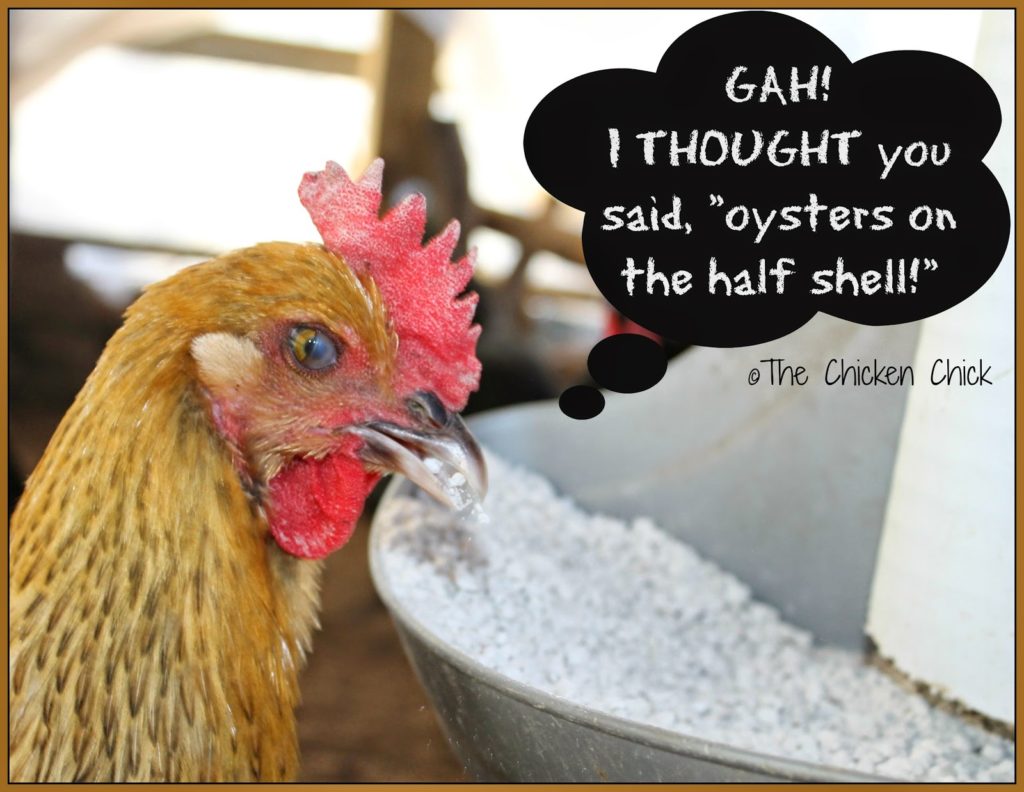
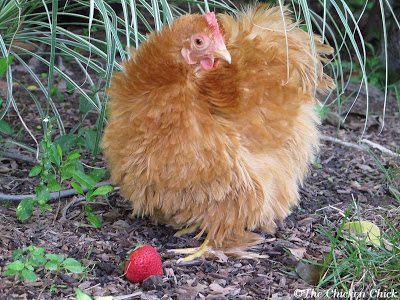
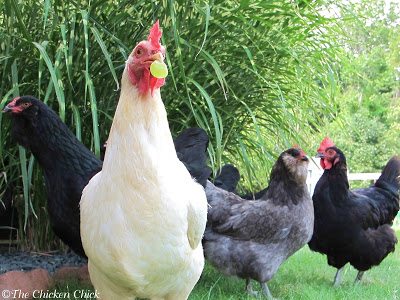


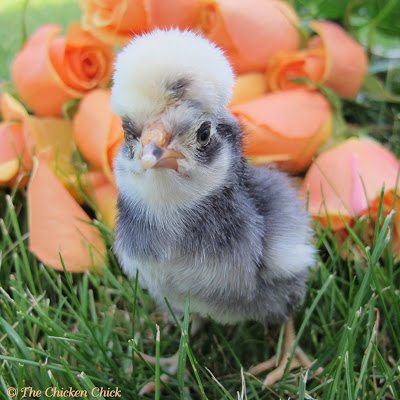

























Lots of fun projects, great use of time during a snow storm, Julie! Good luck in the giveaway!
Love this article and am so pleased with my new egg carton labels!
Its snowing here on Cape Cod today so instead of going bonkers i am making the chicken feeder you shared above…and finishing putting together my Bee Hive-Would LOVE to win the back of chow for my girlies…they deserve the BEST!
Thank you for another giveaway. Great information!
I have 6 beautiful hens and would love to win a bag of feed ! Love your page !